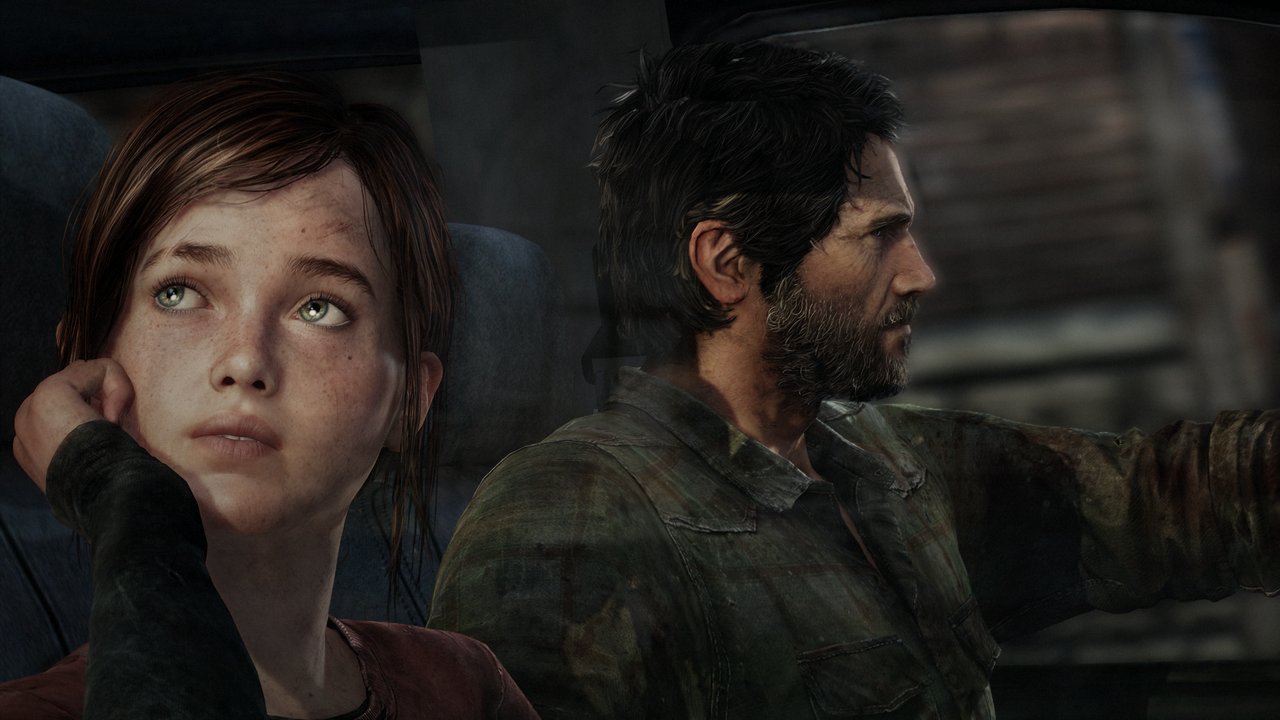Propp’s character theory
7 archetypes:
1. The villain: a
character that struggles against the hero
2. The
donor: a character who prepares the hero,
or gives the hero an object or power to aid them
3. The
helper: a character who is often imbued
with a gift/power/world view the hero does not have – who aids the hero in
their quest
4. The
princess: the character the hero loves –
often sought for in the narrative/object of the quest
5. The
false hero: first perceived as a good
character (often aiding the hero in their quest), later revealed to be – or emerges
as – evil
6. The
dispatcher: the character who makes the ‘lack’
known, sending the hero off on their quest
7. The hero: AKA
the victim/seeker/winner – reacts to the donor, ‘marries’ the princess
Applying Propp's character theory to The Lord of the Rings:-
The Lord of the Rings is a great example of Propp's theory because it has a basic set of main characters who fit in nicely with the archetypes Propp's theory outlines.
The Lord of the Rings is a great example of Propp's theory because it has a basic set of main characters who fit in nicely with the archetypes Propp's theory outlines.
The villain: Sauron - doesn't want the Fellowship to destroy the ring, sends armies to fight against them.
The donor: Bilbo - passes the ring on to Frodo, gives him Sting and the mithril armour.
The helper: Sam - has willpower Frodo doesn't have, helps Frodo take the ring to Mordor.
 The princess: The Ring - sought after by most characters, instead of the hero 'marrying' the princess, The Ring is destroyed by Frodo.
The princess: The Ring - sought after by most characters, instead of the hero 'marrying' the princess, The Ring is destroyed by Frodo.The false hero: Saruman - originally trusted by Gandalf but betrays him, Gollum - strays in and out of good and bad, sometimes aiding Frodo and Sam in their quest, sometimes plotting against them.
The dispatcher: Gandalf - tells Frodo of the danger of Sauron and The Ring, gives him the ring and tells him to leave.
The hero: Frodo - takes The Ring given to him by Gandalf. You could also say Aragorn is the hero, Arwen being his princess who he marries at the end
Applying the theory to The Last of Us:-
Trying to apply Propp's character theory to The Last of Us is more difficult than The Lord of the Rings, mainly because it doesn't follow the standard character design, and because the game focuses mainly on the main characters, Joel and Ellie.
The villain/donor: Marlene gives Joel and Tess the task of smuggling Ellie out of the city (donor), but in the end she wants Ellie to undergo surgery that would kill her.
 The helper/princess: Ellie is sought after by the Fireflies, Joel begins the love her like a daughter. She was bit but hasn't turned - shes immune
The helper/princess: Ellie is sought after by the Fireflies, Joel begins the love her like a daughter. She was bit but hasn't turned - shes immune
The false hero: Fireflies/Marlene - Initially believed to be helping Ellie, end up wanting to experiment on her which would kill her.
The dispatcher: Tess - tells Joel to take Ellie out of the city
The hero: Joel - Marlene (donor) pays him to smuggle Ellie; in the end he saves Ellie from the Fireflies
The villain/donor: Marlene gives Joel and Tess the task of smuggling Ellie out of the city (donor), but in the end she wants Ellie to undergo surgery that would kill her.
 The helper/princess: Ellie is sought after by the Fireflies, Joel begins the love her like a daughter. She was bit but hasn't turned - shes immune
The helper/princess: Ellie is sought after by the Fireflies, Joel begins the love her like a daughter. She was bit but hasn't turned - shes immuneThe false hero: Fireflies/Marlene - Initially believed to be helping Ellie, end up wanting to experiment on her which would kill her.
The dispatcher: Tess - tells Joel to take Ellie out of the city
The hero: Joel - Marlene (donor) pays him to smuggle Ellie; in the end he saves Ellie from the Fireflies
No comments:
Post a Comment